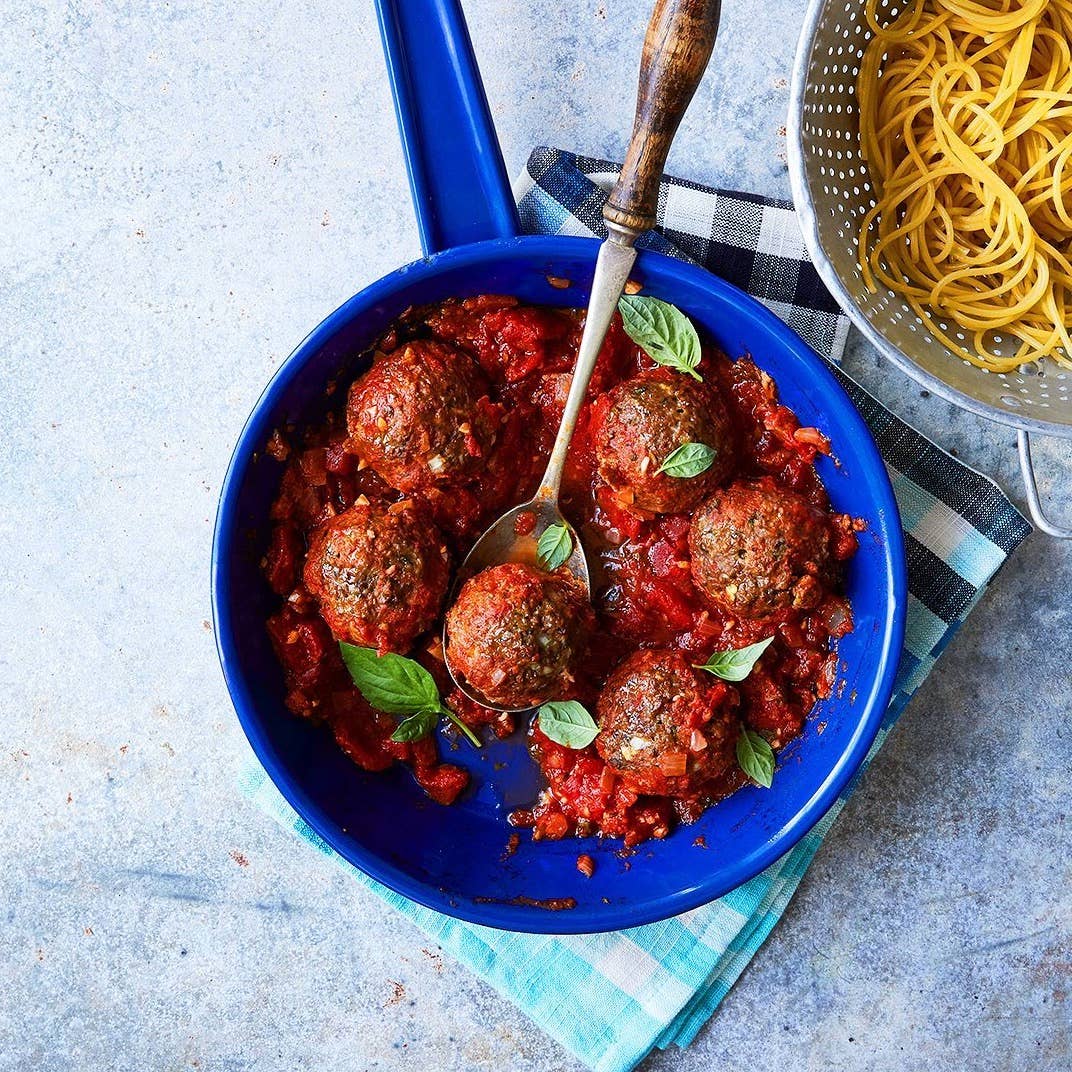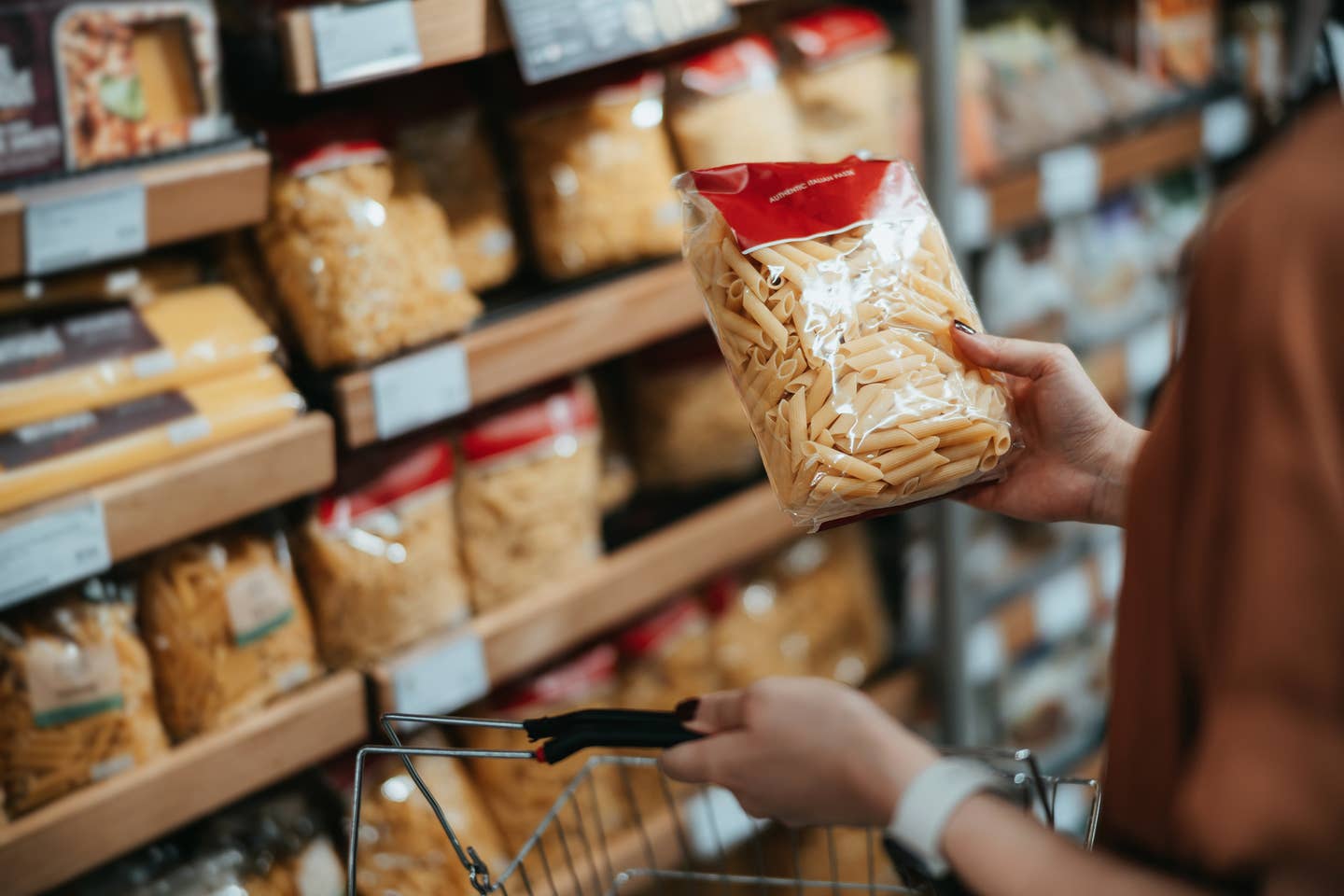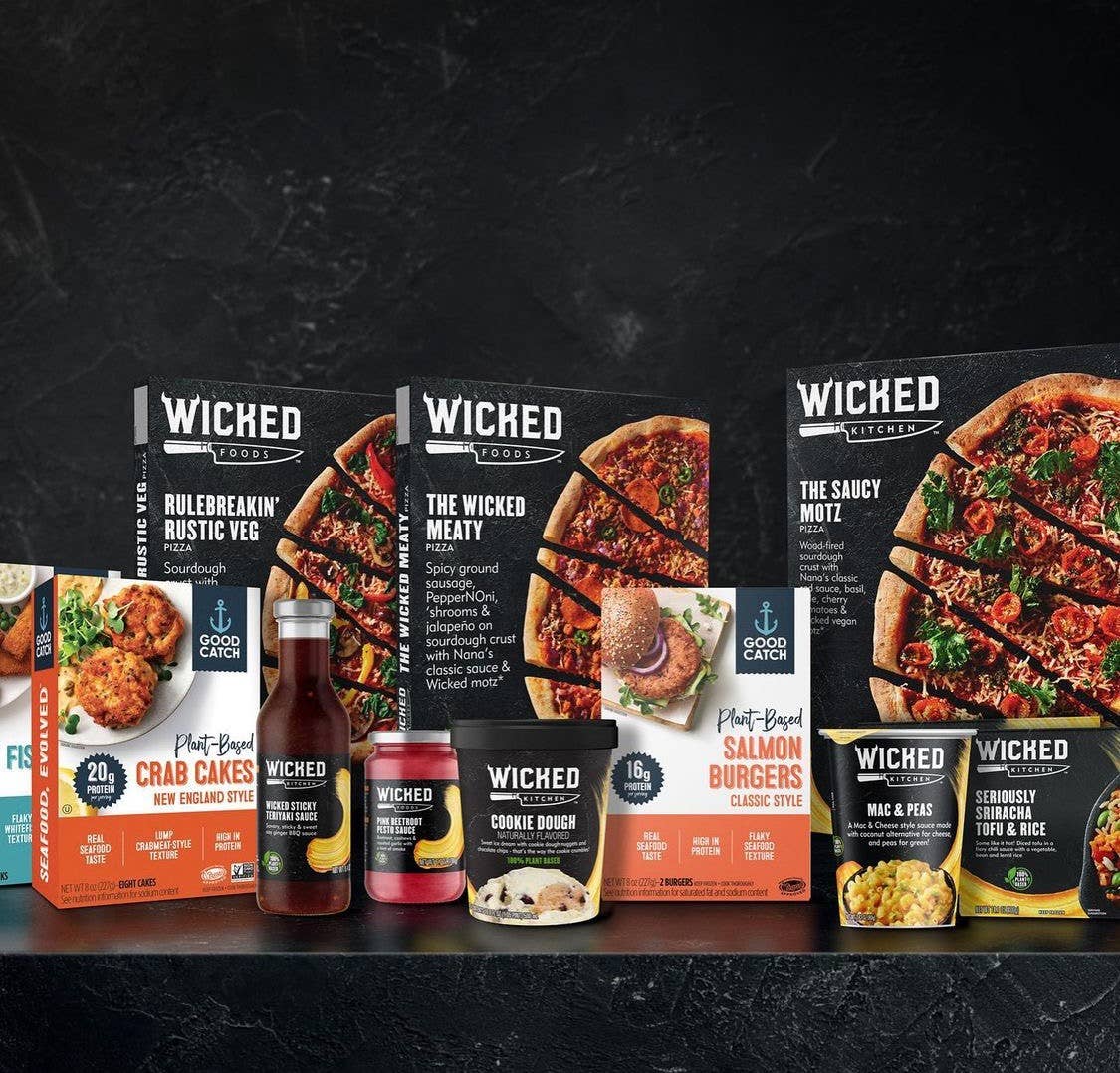
Why Does Impossible Meat Taste so Real? Because of This One Ingredient
I recently ate a home-cooked dinner by Cobi Levey, owner of Lola Taverna, one of my favorite Mediterranian restaurants in New York. There is an incredible vegetarian dish on the menu consisting of meatless meatballs and a flavorful red sauce. He prepared a similar dish using the same meatballs used at his restaurants, but in this recipe, they were served over a bed of cauliflower risotto with a hint of truffle oil.
After scarfing down my first serving and reaching for seconds, we started getting technical about the future of meat and why this meal tasted so darnn delicious and meat-like. We were sitting with a carnivore who was shocked to learn these meatballs were meatless. Cobi told us that his plant-based meat supplier is Impossible Foods and his restaurants have had success with this dish on the menu.
Achieving the Meat-Like Flavor
Minutes later, the plates were clean and there were no meatballs left. So the only question left to ask was: What ingredient made these meatballs taste so good? There was not a simple answer but we made the millennial move to listen to a podcast that would tell us. Cobi grabbed his phone, turned on The Future of Meat episode 367 of the popular podcast Freakonomics by Stephen Dubner, author of the book by the same name.
Dubner interviews Pat Brown, CEO of Impossible Foods about the cost to our environment of raising livestock, which is estimated to be 19 percent of global greenhouses gases. Brown, a biochemist, answers the question: "What are the basic biochemical mechanisms that account for the unique flavor chemistry and the flavor behavior and aromas and textures and juiciness and all those qualities that consumers like about meat?"
Fast forward to minute 27, when Brown figures out how to replace what people love about meat with something that can be even more satisfying. A long-time vegan himself, Brown decided to not try to "convert" people to eat plant-based proteins with a moral argument. That doesn't work, Dubner points out. People smile at you and don't change their behavior. Instead, he decided to figure out how to make meat that is not just "as delicious" as what we get from meat, but "more delicious" than the taste people get from meat. Brown started "fooling around" in his lab at Stanford, and before he decided to pitch investors, so he and his group of scientists to uncover the desirable component of meat and that this quest took them two-plus years doing "basic research." into what makes meat taste like meat. After all, he reasoned, this is a trillion-dollar global industry and there is a large market for vegan meats, so he was determined to find the answer in order to replicate this ingredient.
Impossible's Secret Ingredient
Aside from the hearty nutrients like beans, chickpeas, and other veggies, there is one critical component that creates a mouth-watering when you bite into Impossible meat. To my own surprise, it's called "heme" and it's one of the most important factors in real meat, so he decided to add heme when making plant-based meat to make it taste like real meat. Without heme, Brown says, "meatless meatballs would never resemble meat."
So, what the heck is heme? Brown explains that "Heme is found in essentially every living thing, and heme in plants and human animals is the exact same molecule." He continues to include that, "It’s just one of the most ubiquitous and fundamental molecules in life on Earth, period. The system that burns calories to produce energy uses heme as an essential component, and it’s what carries oxygen in your blood. And it’s what makes your blood red."
Extracting the molecule heme is a process that is more complicated than you can imagine since heme is found in tiny legumes such as kidney beans. "It's one of the most ubiquitous molecules to life on earth. It's what carries oxygen in your blood and what gives it the red color," Brown explains. Animals have more heme than plants, but it's the overwhelming factor in what makes meat taste like meat. One plant--soybean--has high concentrations of heme in the root nodule where it takes nitrogen and converts it to oxygen. So he extracted this heme from root modules, and while this was a good idea, his process failed when they couldn't extract enough heme to make it work.
But they learned along the way that heme would stay red when cooked, and so they needed to find a new source for their heme. Failure for Brown was just a learning process.
"The way you do a lot of cool things is to try a lot of things without punishing your failures but celebrating your successes," Brown said. So they bought up the root modules of other plants and finally landed back on the soybean, and kept evolving their formula from Impossible 1.0 to Impossible 2.0 and so on.
Impossible Meat, are now served at Burger King, as well as global chains, and grocery stores, and they are growing in sales 30 fold, because of the fact that their burgers look just like the red, fatty meat on the shelves of your grocery stores. This way, the plant-based meat can act, look, taste and behave the same way as a traditional hamburger does so that consumers don't have to sacrifice the meaty taste they desire while on a vegan diet. No wonder why Burger King, White Castle, and the Cheesecake Factory have had so much success with their Impossible Burgers. Way to go heme, and team!
Every year Brown improves his ingredients. The main ingredients at the outset were a protein from wheat, a protein from potatoes, coconut oil, and other familiar nutrients. Now Impossible Foods is trying to take market share from the traditional livestock animal industry, cows, chickens, pigs and lamb -- and not just other plant-based meat companies. Impossible Meats is a $2 billion company, and most importantly, Brown believes his meat substitutes will help the health and wellbeing of countless consumers, as well as the earth's environment.
More From The Beet






